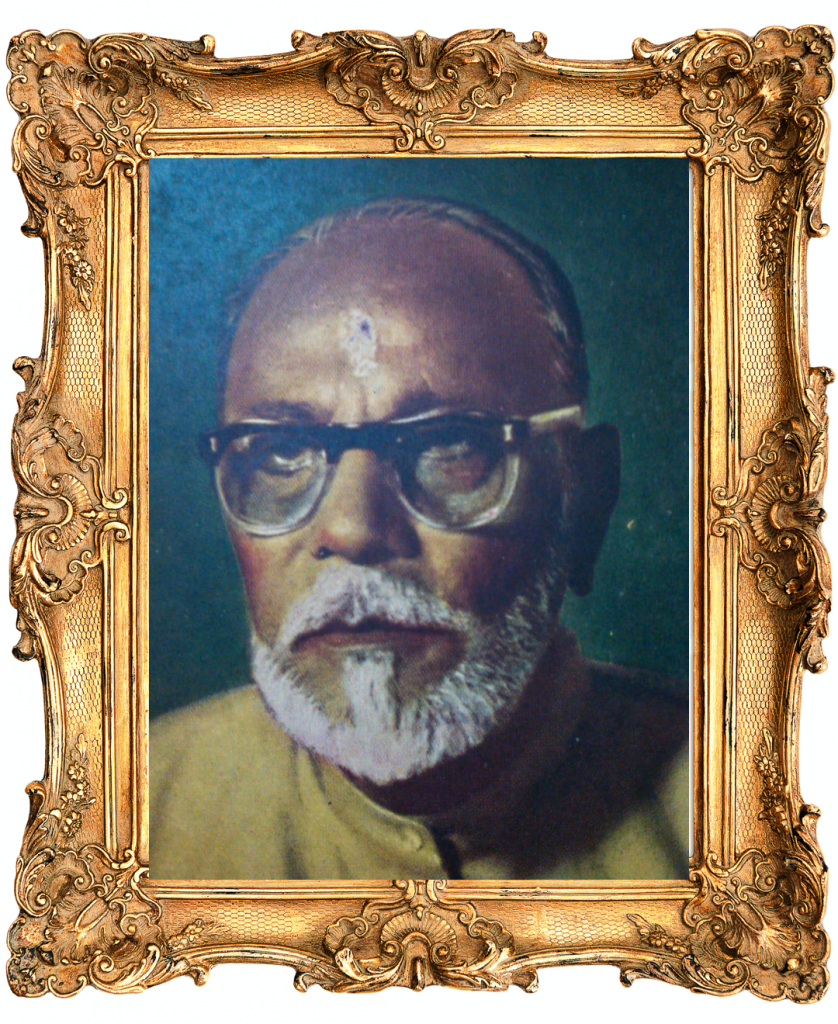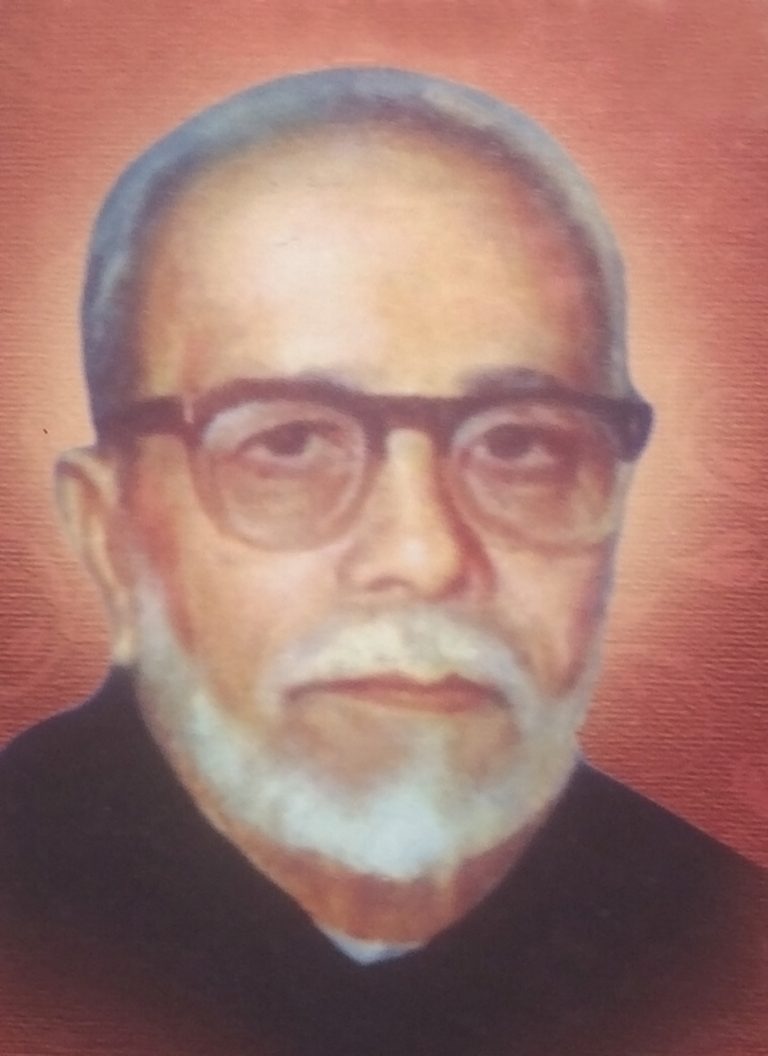This article has been translated from’ The Power of Remembrance of Guru (Guru Chintan)’ Sadhan Publication October 2021. It was written by Param Pujya Guru Maharaj.

Dr Chaturbhuj Sahay Ji
Keeping one’s Guru in one’s thoughts all the time, without forgetting him even for a moment, whether while sleeping or being awake, is hugely beneficial for a practitioner. Such perpetual contemplation of one’s Guru (Guru smaran) is the easiest, best, and most beneficial spiritual practice according to the believers of the saint tradition.
Although this practice had been around since the times of the Upanishads, it was Lord Krishna who popularized it and was its leading proponent. In the Bhagavad Geeta, while instructing a reluctant Arjun, Lord Krishna proclaimed in Geeta verse 18/65
man-manā bhava mad-bhakto mad-yājī māṁ namaskuru
mām evaiṣhyasi satyaṁ te pratijāne priyo ‘si me
“Oh my dear Arjun, you focus your mind only on me, only keep me in your thoughts. Direct all your prayers and offerings to me and only me. You will get all my qualities and unite and become one with me by doing only this much”.
This practice is that of Prem Yoga and not Hathayoga. As a practitioner advances in this practice, one day, the practitioner becomes wholly absorbed in his Guru. Sufi’s have described it as “fanafil sheikh”. When this happens, the practitioner gets endowed with all powers that the Guru possesses. The practitioner’s spiritual state also becomes identical to the Guru’s as their identities merge, and the practitioner’s ego dissolves. Getting rid of one’s ego is all that one needs to do to achieve one’s spiritual goal, and there is no more straightforward way of doing this than to keep one’s Guru in one’s thoughts, all the time.
While this practice seems simple, it is not that easy to follow. Since the concept is abstract and not concrete people often cannot identify with it and do not buy in on the idea. People apply their brainpower and try to debate and argue as they attempt to understand and judge this path, and often fail. Their gross thinking and limited wisdom prevent them from choosing this more straightforward path and persuades them to follow paths related to physical actions that their brain can more easily identify with. It is only after several lifetimes of wasted effort that one understands the essence of this simple path, and it is only then that one succeeds in realizing one’s goal.
It was not easy for Arjun to commit himself to this path either. Even as Maha Guru Krishna tried to instruct, preach, and convince him in different ways, Arjun was unable to understand what the Lord was telling him . He considered himself knowledgeable and had a mind of his own. Why would he blindly believe what Lord Krishna was instructing him to do? After all, he was well-read and pretty accomplished himself, having had the privilege of spending time with various accomplished saints and scholars. He had not heard of such a concept before and had never read it in any religious scripture. Arjun was deeply perplexed by the instructions Lord Krishna was giving and he was unable to understand its merit. As he tried to reason and understand what Lord Krishna was preaching, his mind favoured his traditional stance based on his knowledge and understanding.
It was dissuading him from believing what Lord Krishna was saying. It is a Guru’s nature to be compassionate and benevolent. Moved by Arjun’s predicament, Lord Krishna unveiled his true form and presented him a grand vision of the world. Once Arjun witnessed that, all his doubts vanished. He realized how trivial he was in the scheme of things, and unconditionally committed himself to the Lord with full faith and belief. It is only then that the Lord and the seeker became one.
Even today, fully accomplished Gurus unveil that same vision in front of the seekers they truly love. Without it, neither does the practitioner’s identity dissolve nor can the practitioner surrender and attain salvation.
After Lord Krishna, this philosophy was lost to practitioners for thousands of years. Practitioners remained entangled in practices that employed arduous physical acts and rituals that tried to forcefully suppress their minds. Later Ramanuj swami brought this concept back into focus and made it popular among the Vaishnavites. It slowly gained momentum as people started realizing its benefits. Several hundred years later, Saint Kabir Das liked it so much that he proclaimed it to be superior to all other practices and propagated it further. Today, it forms the mainstay of all practices of the Saint tradition ( sant- mat).



